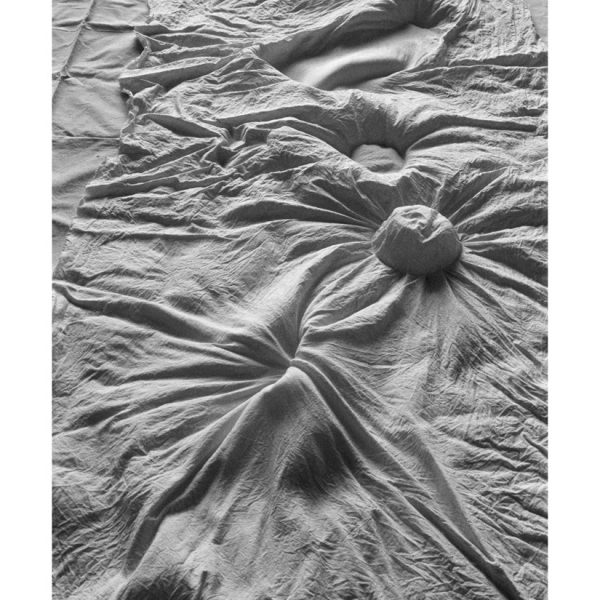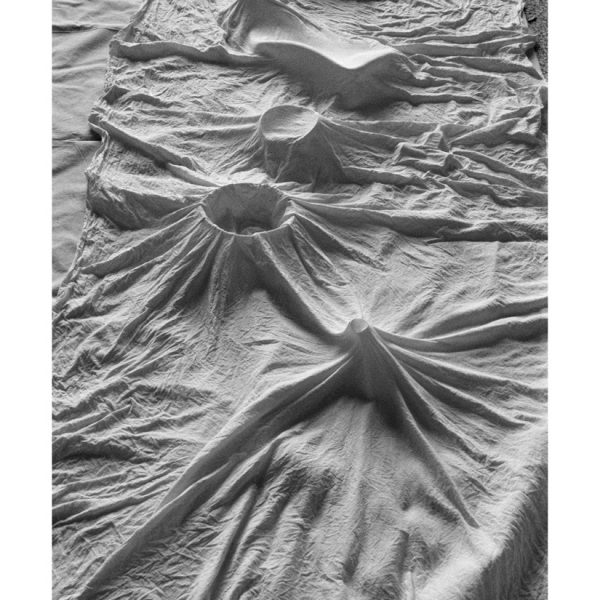


Communication with the purpose of culturally promoting artists included in the Fundación María Cristina Masaveu Peterson Collection, works protected by intellectual property rights. Their total or partial reproduction or processing by any means, or their transmission or cession in any form is forbidden without the authorisation of the holder of the rights to the works.
Valldosera, Eulalia. VEGAP, Madrid, 2025
La piel de los objetos (de la serie El ombligo del mundo, doc #3)
TECHNICAL DATA
Author: Eulalia Valldosera (Vilafranca del Penedès, Barcelona, 1963)
Title: La piel de los objetos (The skin of objects)
Year: 1993-2008
Technique: glicée print on cotton paper
Size: 175 x 120 cm (each one)
Serie: El ombligo del mundo doc #3 (The Navel of the World, doc #3)
Edition: 2/3
The María Cristina Masaveu Peterson Foundation acquired this work by Eulalia Valldosera at the 2011 International Contemporary Art Fair (ARCO) in Madrid. It was the result of a series of visual materials that the Catalan artist had long had on file that had been selected and edited for exhibition in the Museo Nacional Centro de Arte Reina Sofía (2009) and the book “The Navel of the World”, edited for the sample. As she says, it is an introductory material, which recreates the early career of this artist who received the National Prize for Plastic Arts in 2002, awarded by the Ministry of Culture, and an important collection of works whose diversity comes together both thematically and conceptually. This series marked her break with painting and art, which values the formal characteristics of objects to set out on a career of a more performative nature.
This multidisciplinary artist, whose interventions are inspired by a wide-ranging background, considers photography to be a tool that allows her to evaluate more the process than the completed work, documenting the final object and taking artistic practice as a means to another end of experimental and conceptual interest. The photographs are, where applicable, the result of actions carried out previously behind closed doors, the result of an overall journey that encourages reflection. As such, this exhibition showed India ink on paper, notebooks, image files, documents, canvases, videos and black and white glicée prints like the one in question. A composition that provokes sensory evocations with its contrasting textures, and that fundamentally allows the artist to establish a language through shadows and to talk about her intimate environment through dispersion, sequentiality, fragmentation and elements.
